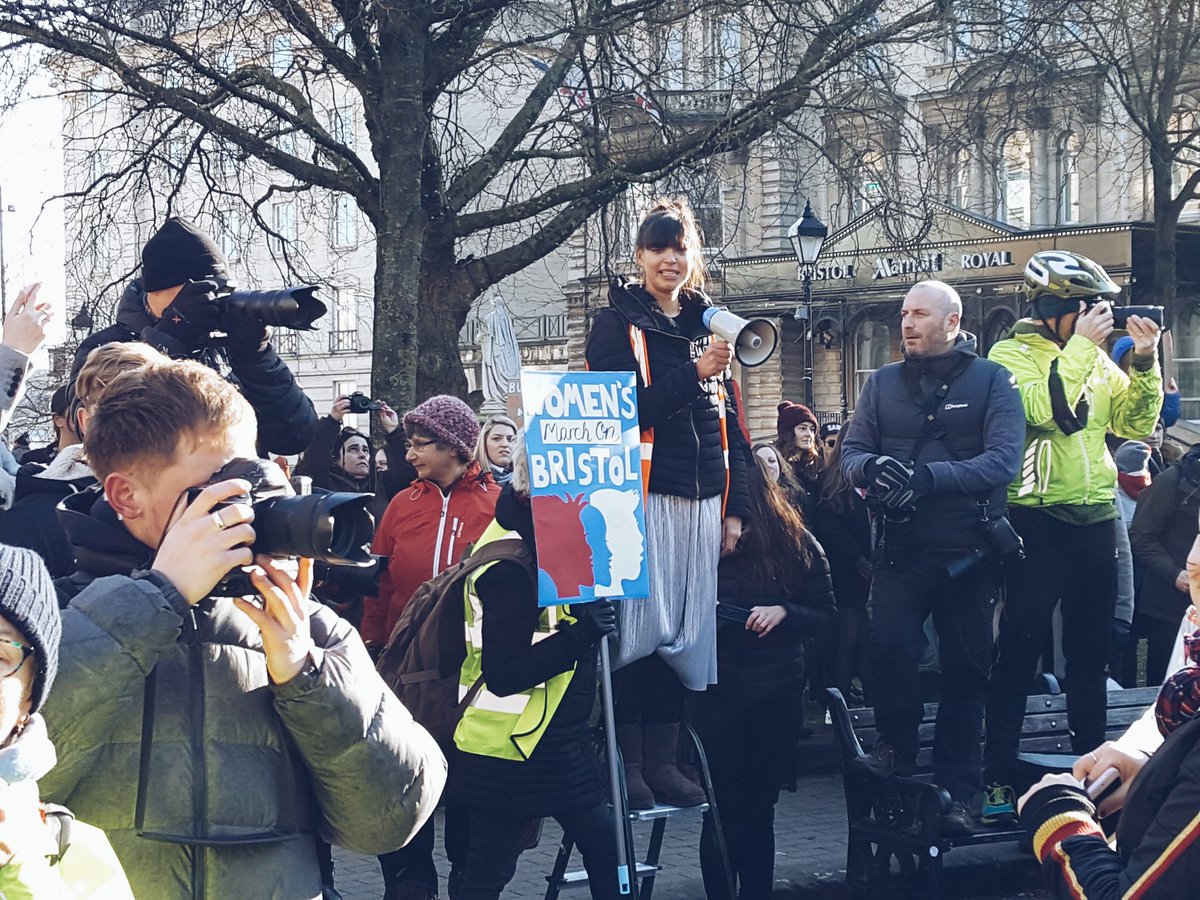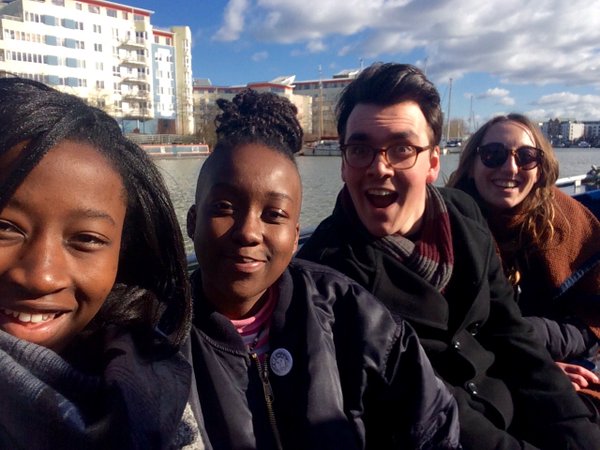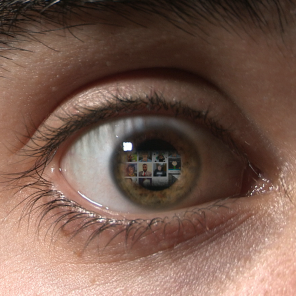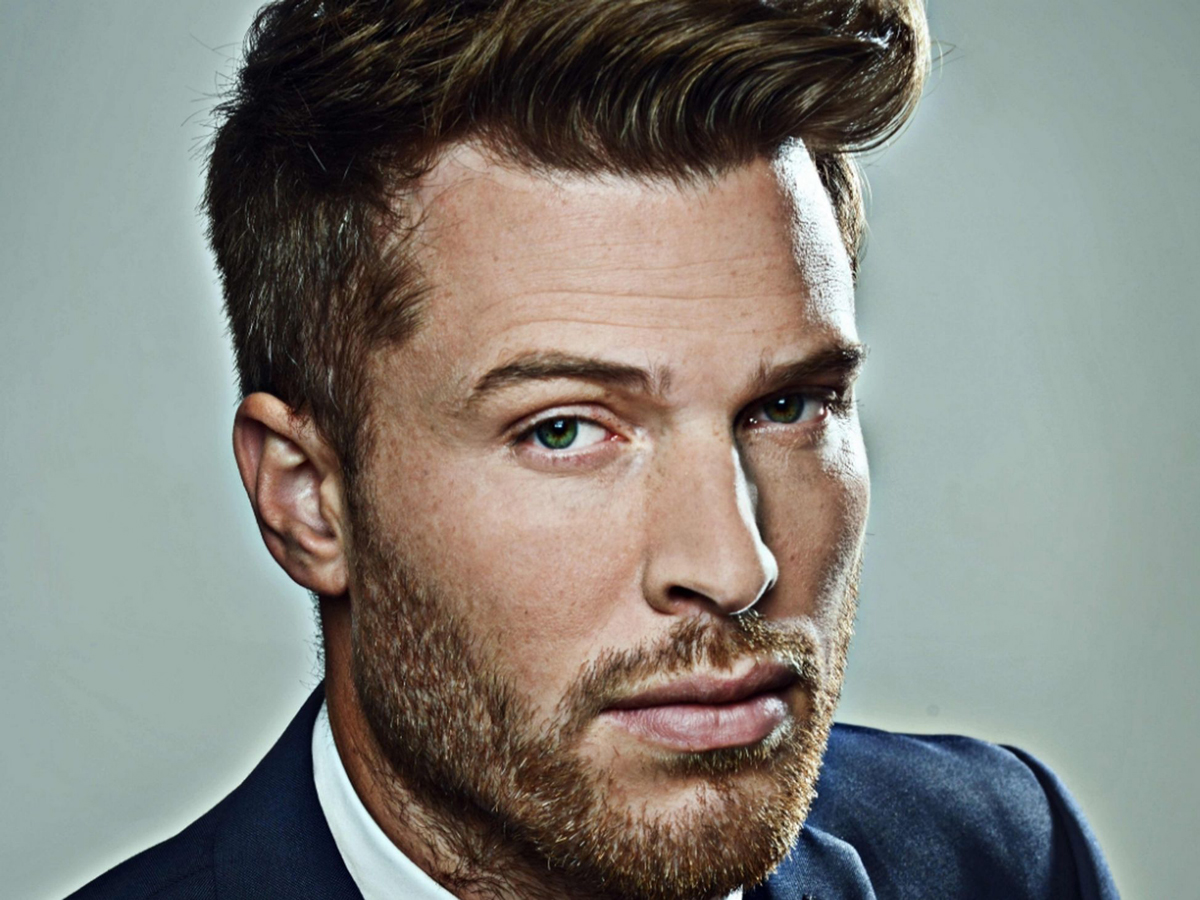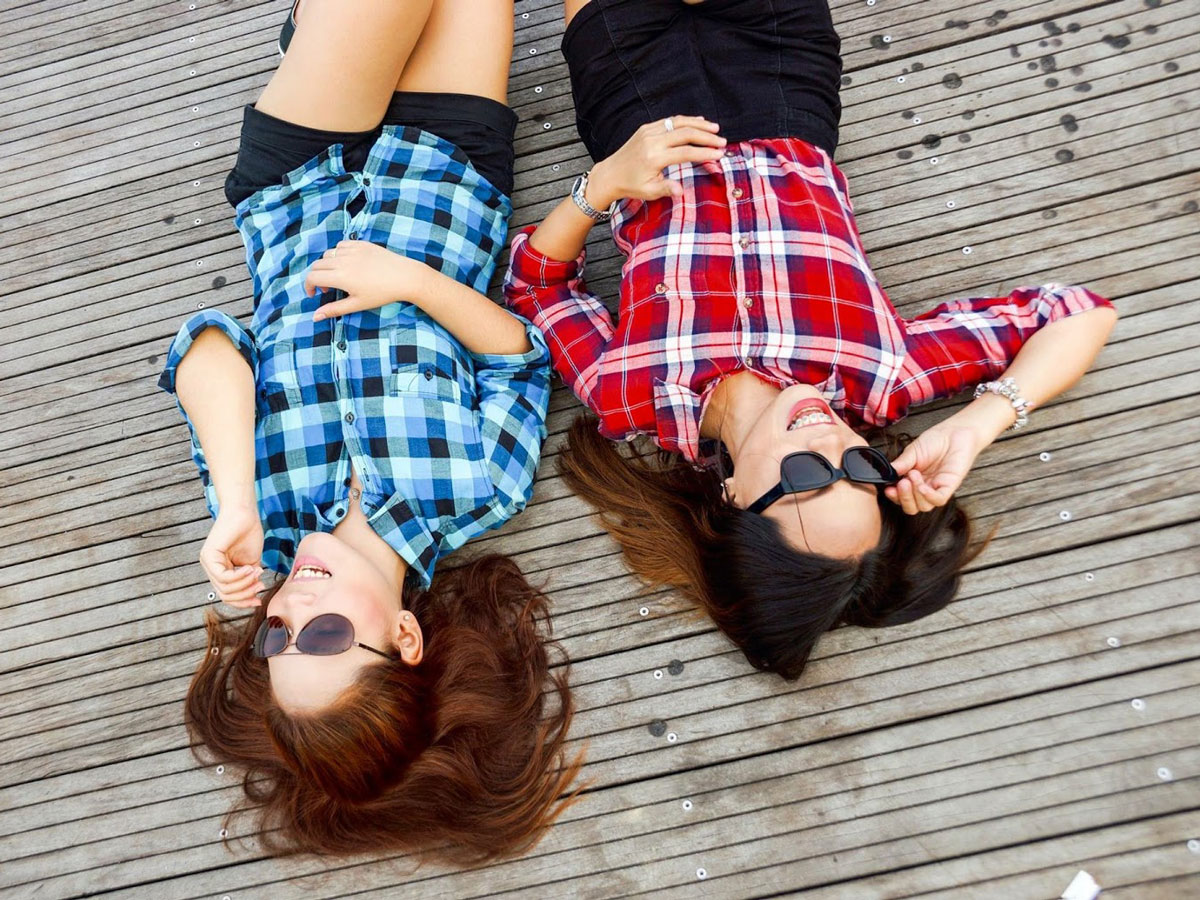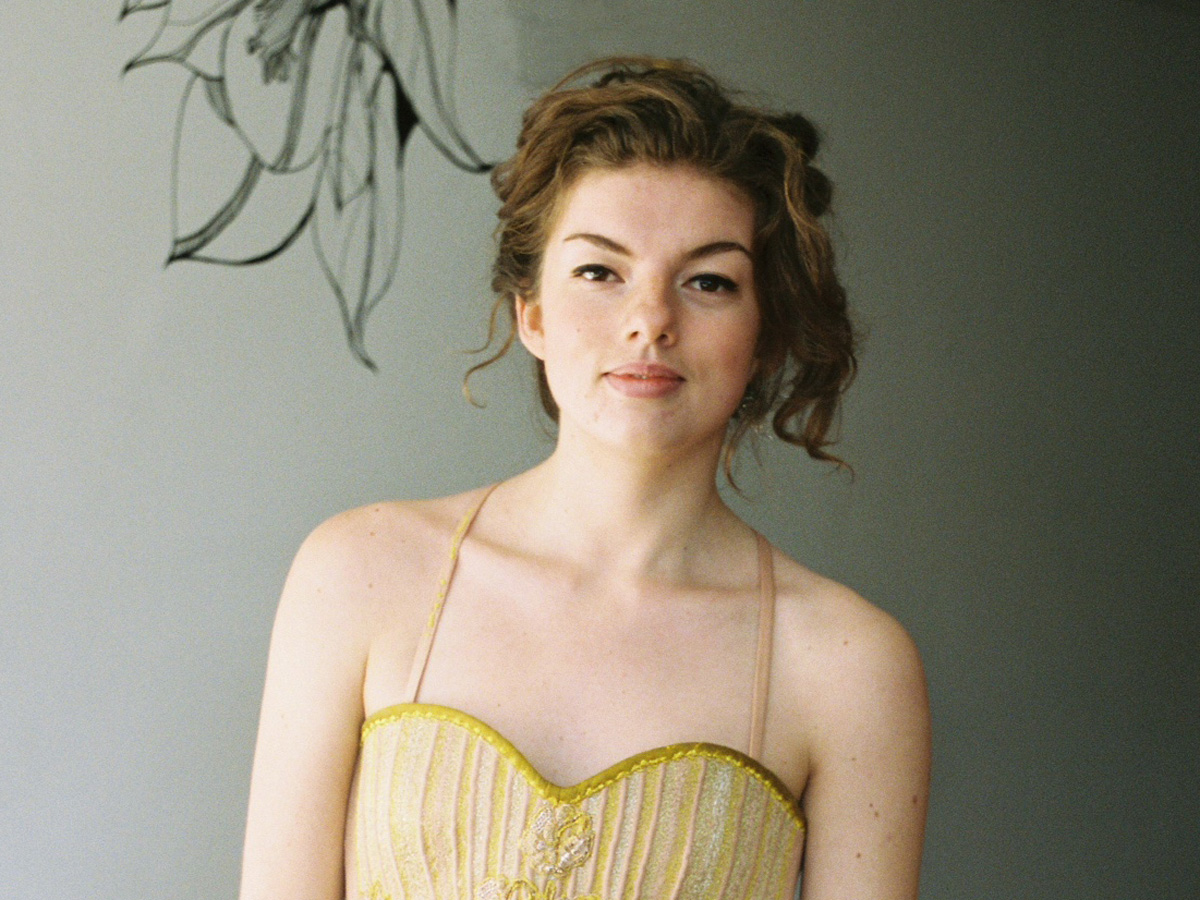Watch Before We Disappear: an interactive experience on surveillance and disappearing
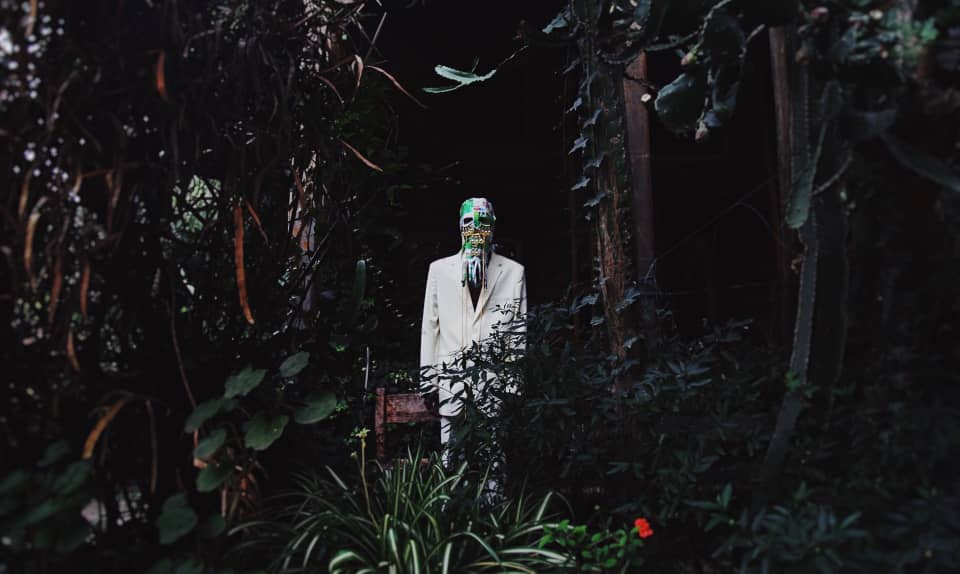
Asmaa Jama’s lush and striking interactive experience centres Blackness, Muslimness and Somaliness
Before We Disappear is an online interactive film on being invisible and disappearing, made for BBC New Creatives by Bristol-based artist Asmaa Jama. It incorporates poetry, film, audio, creative coding and storytelling. It was created collaboratively and remotely across borders in Addis Ababa, Ethiopia and the UK during COVID-19 lockdown. Watch it here.
We talk to Asmaa Jama, about making this new and exciting piece of work .
Tell us about Before We Disappear. What is it, and why did you want to make it?
Before We Disappear is an interactive piece about what it means to be embodied Black and read as Muslim, and the kinds of hypervisibility and surveillance that come with that, and the tension of simultaneously being disappeared from historical records. It centres Blackness, Muslimness and Somaliness.
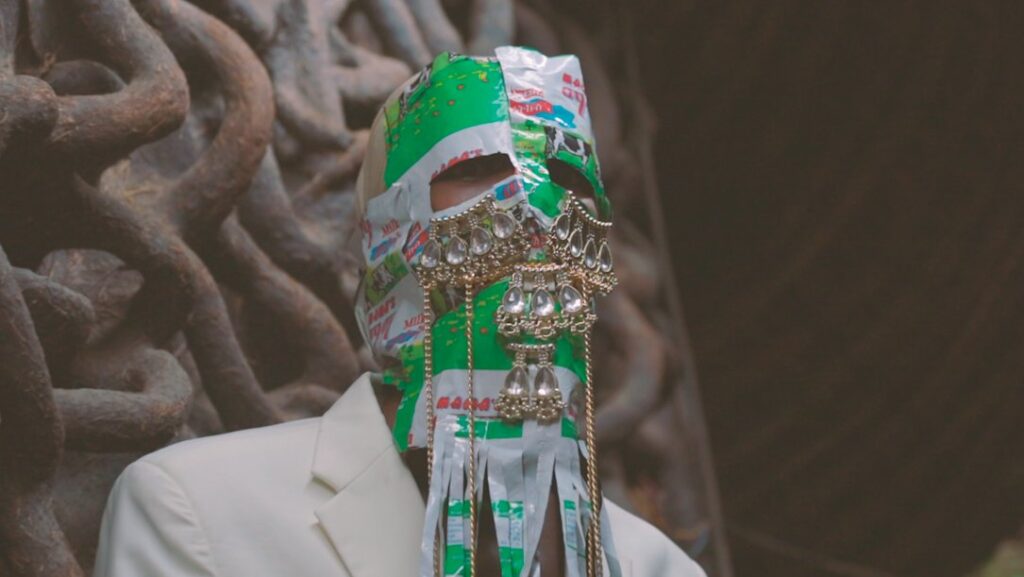
Where did the idea for Before We Disappear come from?
The piece was initially inspired by ‘Another Pastoral’ by Lily Green, which really made me reflect on who gets to belong in outdoor spaces. I ended up talking to relatives about their experiences in public spaces and the conversations really centred around how they were being perceived.
Some of them reflected that they didn’t want to be perceived at all. Some of them wanted to walk around and be invisible to others. So the piece came from exploring that tension of what it means to be looked at / observed / watched / seen, and what it means to want to disappear / to want to become invisible.
It also came from reflecting on the hyper-surveillance that Muslim communities and the Somali communities face. The different ways we are watched, researched and observed. I wanted to think about ways to refuse that.
Can you tell us about the interactive element of the piece?
The piece follows the figure of an archivist through a moving image film, and depending on how you answer the questions asked to you onscreen, there are different narratives. I really wanted viewers to reflect on some of the questions I asked my relatives. I wanted them to think about the ways they move through the world. The ways they are perceived.
There is also a digital archive in the piece that collects stories and protection spells from viewers. I understand that archiving can often have violent connotations, with people being surveilled without their consent. But I wanted to create an alternative way for viewers who want to be remembered by the experience to leave their stories behind, for others who may have felt / feel the same.
What do you hope people will take away from the experience?
I want people who feel like they don’t quite belong and exist on the margins of their worlds to feel like there is a digital space for them here. And I would like people who are always centered to reflect on the tensions of this piece, to question what it means to watch, surveil and consume.
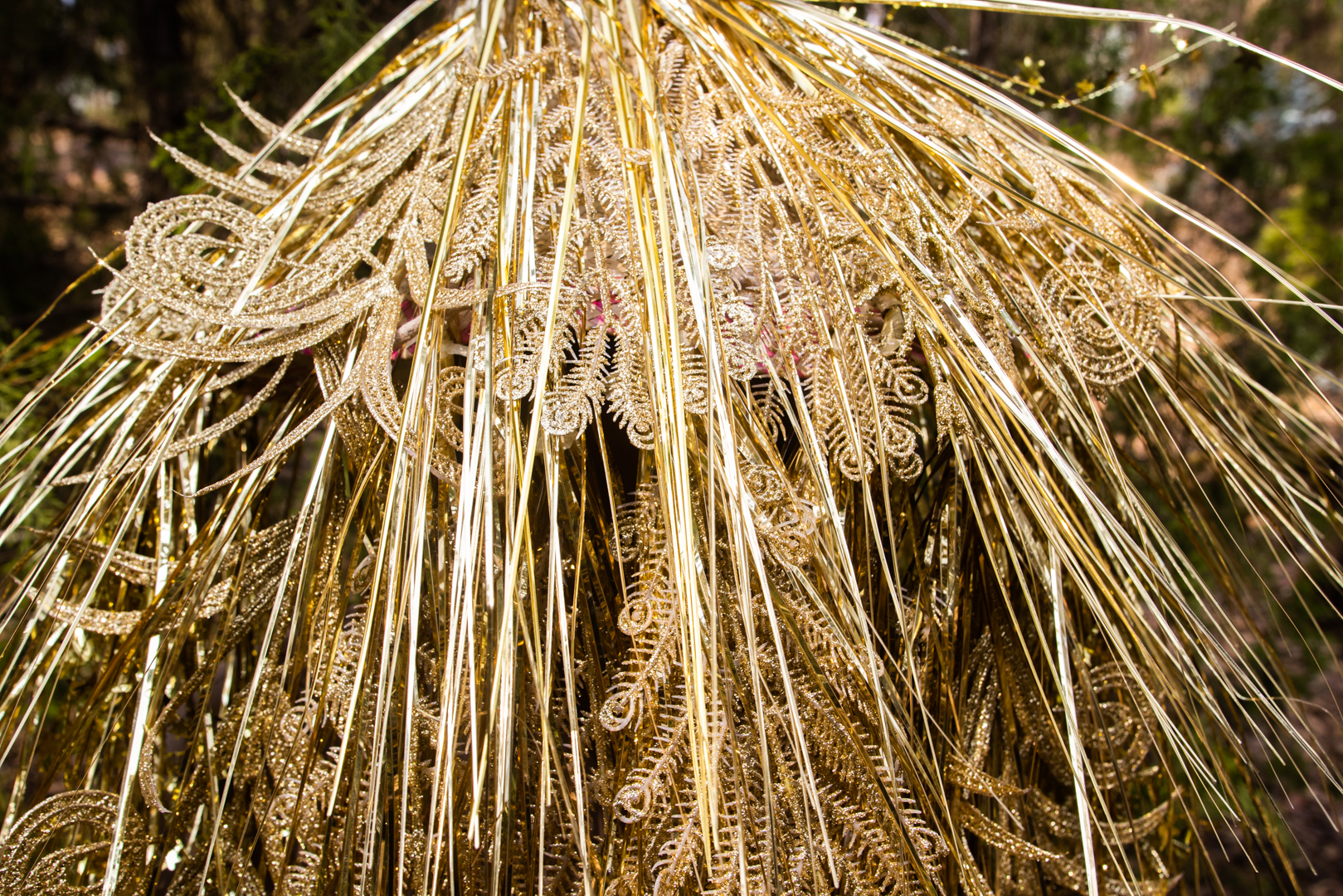
Who else worked with you on the piece? How was it working collaboratively and remotely?
The collaborators were:
- Gouled Ahmed, the costume designer and stylist based in Addis, who created the intricate costumes that draw on the aesthetics of the Horn. One of the pieces is an elaborate face mask made from milk packaging, which speaks to their work on how mundane and discarded things can be made beautiful.
- Ibrahim Hirsi, the archivist, based in Birmingham, who sourced and provided context for the Somali music and sounds in the piece, some of them being in Af-maay from the Southern region in Somalia.
- Gebriel Balcha, the cinematographer and sound designer, based in Addis. It was really interesting working with them and thinking about ‘the sound of disappearing’. Some of the music from the archives sounded like they were already eroding, so they really played around with that fragile, glitching sound.
- Joseph Horton, the web designer, based in England, who worked together on creating the interactions, and creating the visual glitches and overall aesthetic of the website.
- Roseanna Dias, the producer, based in Bristol, who helped think a lot about the aftercare in the piece for viewers.
I think collaboration is the best way to work. It was definitely a piece that was co-created and adapted and grew with conversations. I think it was about being flexible and adaptable with timelines within COVID restrictions and trying to have open lines of communication with everyone.
But in general I think for me, thinking transnationally feels most natural. As most of my relatives are based across the world and we have always been connecting and living lives alongside each other remotely.
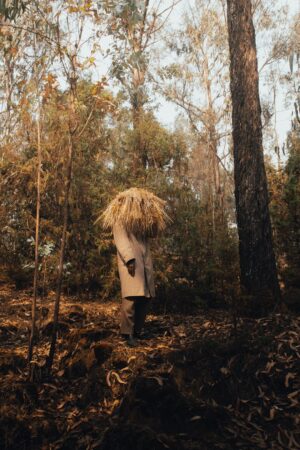
How did lockdown affect the way you approached making it?
I think lockdown really shifted the scope of what was possible for the piece. No or very little in person activity was possible, so it meant we could think beyond borders, and work anywhere that had an internet connection. I think it definitely meant that this sort of collaboration could work. That was something the producers at Calling the Shots and Kaleider helped make possible.
What’s next for you?
Next, I’d like to sit and reflect on the piece and the process of making it. It will be really interesting next few months, seeing how viewers interact with the piece.
After that, it’d be really great to build on some of these collaborations with more work, as there were so many wonderful ideas that came up in our conversations that we couldn’t explore at the time but would be great to revisit.
I think I’d be really excited by making a short film following on from this, and also by experimenting with VR and soundscapes – but I think the possibilities are endless.
Follow Asmaa Jama on Twitter and Instagram. See more of Asmaa’s work for Rife.

